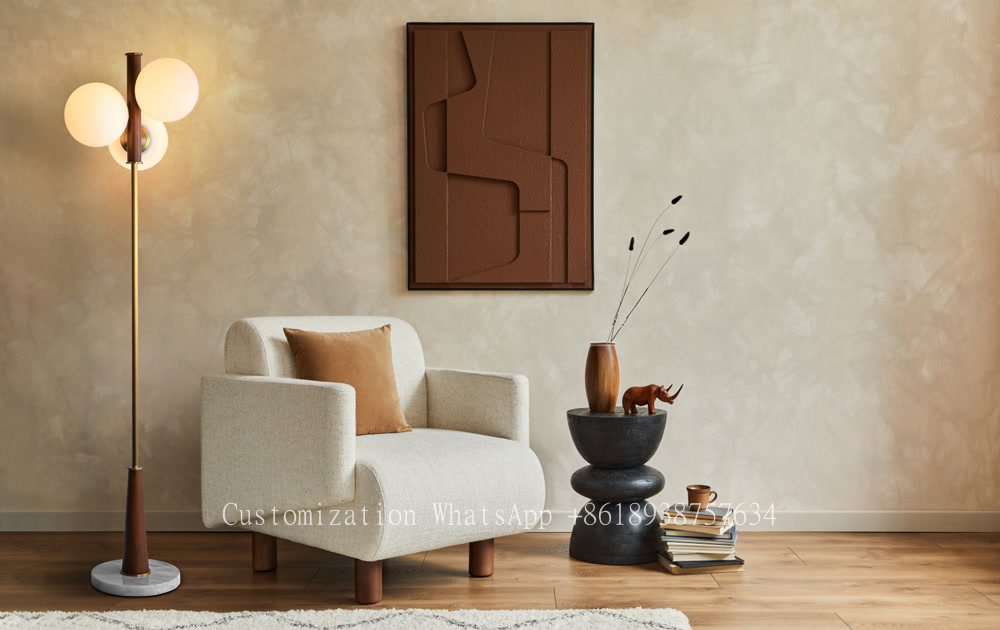Sustainable Lighting Practices for Homeowners: Bright Ideas for an Eco-Friendly Home
Sustainable Lighting Practices for Homeowners: Bright Ideas for an Eco-Friendly Home
As homeowners become increasingly aware of the environmental impact of their choices, sustainable lighting practices have emerged as a top priority. Not only do these practices help reduce carbon footprints, but they can also result in significant cost savings on energy bills. This article will delve into the world of sustainable lighting, offering practical tips and insights tailored for homeowners looking to make a difference. We will explore energy-efficient technologies, the importance of natural light, and ways to optimize your lighting design.
Understanding Sustainable Lighting
Sustainable lighting refers to utilizing energy-efficient lighting solutions that minimize environmental impact. This includes the use of LED bulbs, solar-powered lights, and strategically placed natural lighting sources. The goal is to reduce energy consumption and limit greenhouse gas emissions, promoting a healthier planet for future generations.
The Benefits of Sustainable Lighting
Adopting sustainable lighting practices comes with a myriad of benefits, not only for the environment but also for homeowners:
- Energy Savings: Energy-efficient fixtures reduce electricity bills significantly over time.
- Longevity: LED and other sustainable lighting options have a longer lifespan compared to traditional incandescent bulbs.
- Improved Quality of Life: Natural light boosts mood and productivity, creating a more pleasant living environment.
- Increased Home Value: Eco-friendly homes appeal to today’s buyers, potentially increasing resale value.
Energy-Efficient Lighting Technologies
There are several energy-efficient lighting technologies available on the market today. Here are some of the most popular options:
| Type of Lighting | Description | Energy Saving Percentage |
| LED Bulbs | LEDs use 75% less energy than incandescent bulbs and last up to 25 times longer. | 75-80% |
| CFLs | Compact Fluorescent Lamps (CFLs) are efficient alternatives to standard bulbs, offering longer lifespans. | 70-80% |
| Solar-Powered Lights | These fixtures harness solar energy, requiring no electricity consumption from the grid. | 100% (Off-grid) |
| Smart Lighting | Smart bulbs and systems allow you to control lighting remotely, optimizing energy use. | Varies |
Choosing the Right Lighting Fixtures
When selecting lighting fixtures, consider the following tips for sustainability:
- Look for Energy Star Ratings: Energy Star-rated fixtures meet strict energy efficiency guidelines.
- Layer Your Lighting: Use a combination of ambient, task, and accent lighting to create a versatile, effective lighting plan.
- Choose Dimmable Lights: Dimmers can help reduce energy consumption by allowing you to control brightness.

Making the Most of Natural Light
Natural light is one of the best resources for sustainable lighting. Here are ways to maximize its use in your home:
- Strategic Window Placement: Position windows to take advantage of sunlight during different times of the day.
- Use Reflective Surfaces: Mirrors and light-colored walls can enhance the quality of natural light in your space.
- Opt for Skylights: Skylights can flood your home with natural light, reducing the need for artificial lighting.
Lighting Design Ideas for Homeowners
Creating an eco-friendly lighting design doesn’t have to be complicated. Here are some ideas that blend Aesthetics with sustainability:
- LED String Lights: Perfect for outdoor spaces, energy-efficient string lights add a charming atmosphere.
- Accent Lighting: Use LED lamps to highlight artwork and architectural features in your home.
- Smart Home Integration: Consider smart home devices that allow you to program lighting patterns to save energy.
DIY Sustainable Lighting Solutions
Homeowners with a knack for DIY projects can create their own sustainable lighting solutions. Here are some ideas:
- Repurpose Old Bottles: Turn glass bottles into unique light fixtures or lamps for a creative touch.
- Solar Lanterns: Make solar lanterns from recycled materials and use them for outdoor ambiance.
- AdjusTable lamps: Craft your own adjusTable lamps that can be repositioned to take advantage of natural light.
Easy Maintenance Tips for Sustainable Lighting
To ensure your sustainable lighting solutions function optimally, regular maintenance is key:
- Clean Light Fixtures: Dust and clean fixtures to enhance light output and efficiency.
- Replace Bulbs Wisely: When it’s time to replace bulbs, always opt for energy-efficient options.
- Check for Breakages: Regularly inspect fittings, sockets, and cords for any signs of wear and tear.
Conclusion: Embracing Sustainable Lighting as a Homeowner
In conclusion, sustainable lighting practices for homeowners are not only beneficial for the environment but also offer an array of advantages in terms of energy savings and enhancing the quality of life. By embracing energy-efficient technologies, optimizing natural light, and adopting a thoughtful lighting design, homeowners can make impactful changes. Remember that every small step counts toward sustainability—be it switching to LED bulbs, maximizing natural light, or experimenting with DIY projects. As you embark on your journey towards sustainable lighting, consider the benefits it brings, not just for your home, but for the environment as well.
For additional sustainable home upgrades, consider exploring other eco-friendly practices such as water-saving technologies, green insulation, and energy-efficient appliances. Your home can become a beacon of sustainability in your community!
